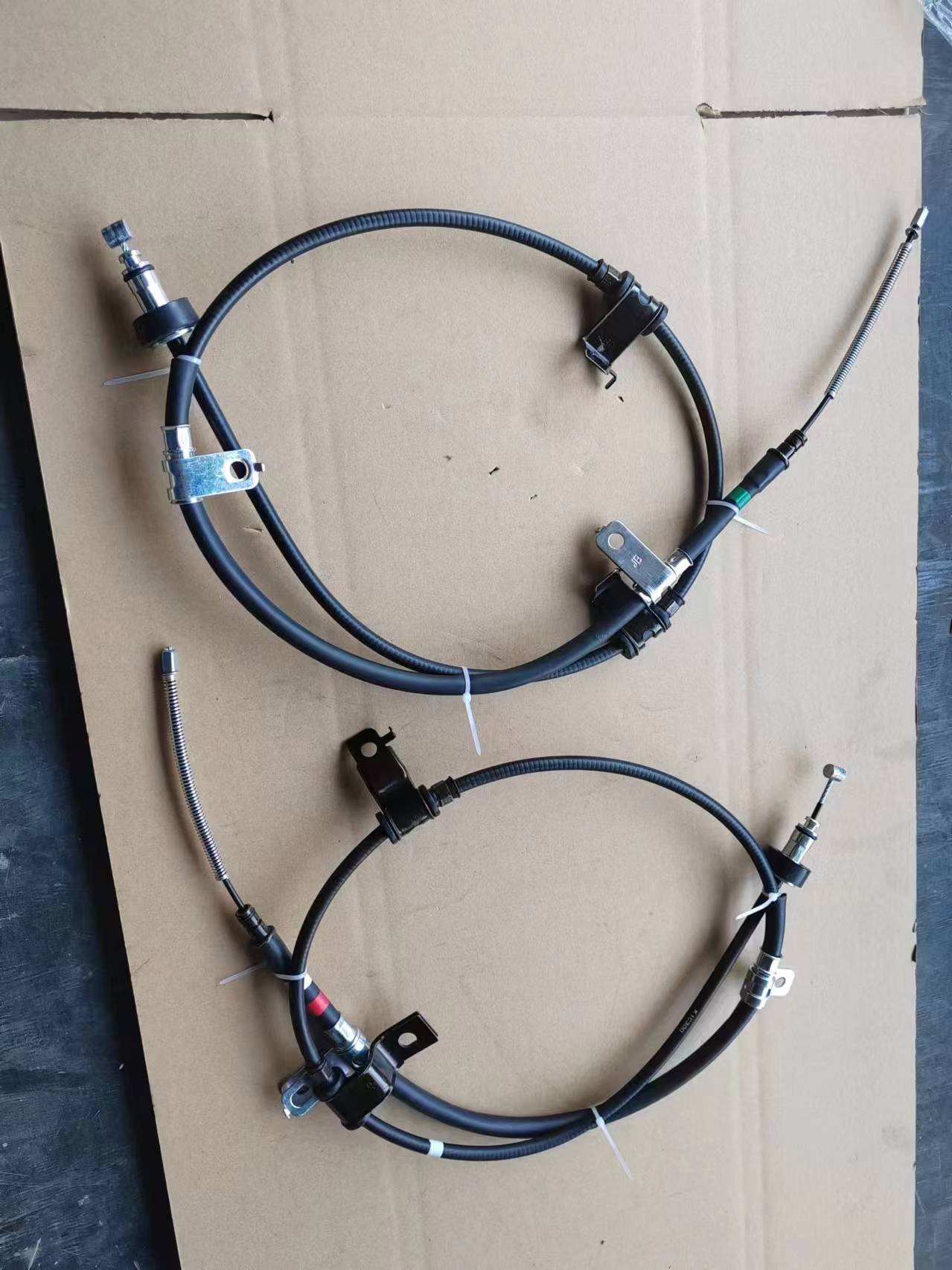Understanding the Importance of E-Brake Wire in Vehicle Safety and Functionality
Understanding E-Brake Wires Essential Components of Your Vehicle's Safety
The e-brake, or emergency brake, is an essential part of a car's safety system, playing a crucial role in securing the vehicle when parked. One of the critical components that enable the effective functioning of the e-brake is the e-brake wire. In this article, we will delve into the importance of e-brake wires, how they work, and the potential issues they may encounter.
What is an E-Brake Wire?
The e-brake wire, commonly referred to as the emergency brake cable or parking brake cable, is a flexible wire that connects the handbrake lever to the braking mechanism of the rear wheels. When the driver pulls the handbrake lever, the e-brake wire transmits this action to the brake system, engaging the brakes on the rear wheels. This mechanism prevents the vehicle from rolling when parked on an incline and serves as a backup in case the primary brakes fail.
How the E-Brake Wire Works
When you engage the e-brake, the following process takes place
1. Pulling the Lever The driver pulls the handbrake lever, which is usually located between the front seats. 2. Cable Mechanics The pulling action of the lever causes the e-brake wire to tighten, pulling another component known as the caliper or drum brake mechanism in the rear wheels.
3. Engagement of Brakes This connection causes the brakes to engage, pressing the brake pads against the rotor (for disc brakes) or the brake shoes against the drum (for drum brakes).
4. Maintaining Pressure Once the lever is pulled, the e-brake wire holds the brakes in position, keeping the vehicle securely in place until the driver releases the handbrake.
Importance of E-Brake Wires
E-brake wires are vital for several reasons
- Safety They provide a crucial backup method to secure a vehicle. In emergencies, e-brakes can be used to slow down or stop the car if the main braking system fails.
- Prevention of Rollaway Engaging the e-brake ensures that a parked vehicle does not roll away, especially on inclines.
e brake wire

- Vehicle Control In certain driving situations, such as on slippery surfaces, the e-brake can assist in maintaining vehicle control.
Potential Issues with E-Brake Wires
While e-brake wires are designed to last, they can experience wear and tear over time. Some common issues include
- Fraying or Breaking The wire can fray or break due to constant tension and exposure to environmental conditions. Regular inspections can help catch such issues early.
- Rust and Corrosion E-brake wires can also suffer from rust and corrosion if the vehicle is frequently exposed to moisture and road salts, potentially leading to malfunction.
- Improper Adjustment If the e-brake is not properly adjusted, it may not engage or disengage fully, leading to decreased effectiveness.
Maintenance Tips
To ensure that the e-brake wire and the entire emergency braking system function effectively
- Regular Inspections Have your e-brake system checked during routine maintenance. Look for signs of wear, fraying, or rust.
- Proper Adjustment Ensure that the e-brake is adjusted correctly to provide adequate tension and performance.
- Environment Protection If possible, park your vehicle in a garage or sheltered area to minimize exposure to harsh weather elements.
In conclusion, the e-brake wire is a critical part of a vehicle's braking system that enhances safety and prevents potential accidents. Understanding the function and maintenance of e-brake wires can help vehicle owners ensure that their emergency braking systems are always in optimal condition, contributing to overall road safety.
-
Workings of Clutch Pipe and Hose SystemsNewsJun.04,2025
-
The Inner Workings of Hand Brake Cable SystemsNewsJun.04,2025
-
The Secrets of Throttle and Accelerator CablesNewsJun.04,2025
-
The Hidden Lifeline of Your Transmission Gear Shift CablesNewsJun.04,2025
-
Demystifying Gear Cables and Shift LinkagesNewsJun.04,2025
-
Decoding Clutch Line Systems A Comprehensive GuideNewsJun.04,2025
